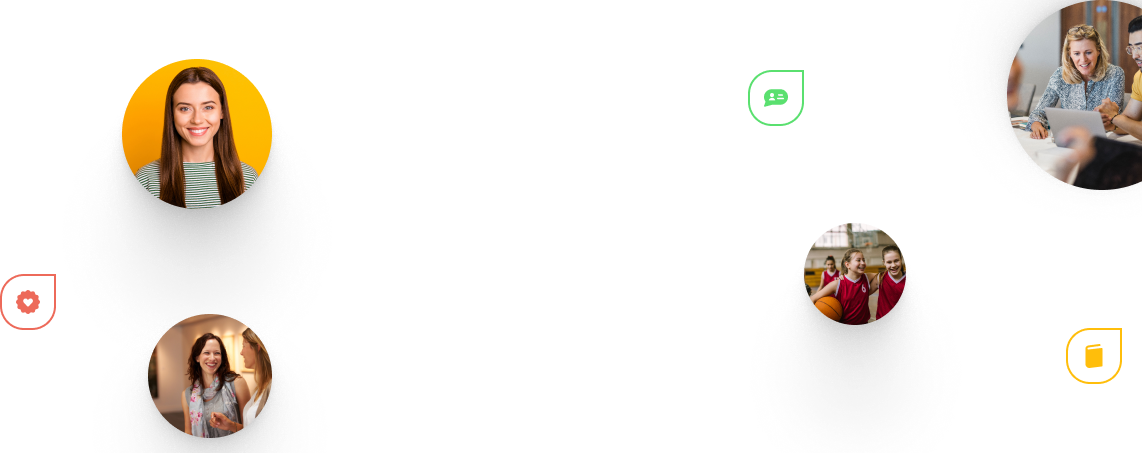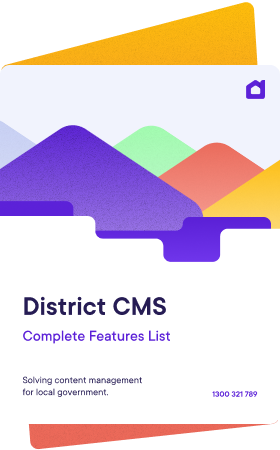Government agencies are under increasing pressure to develop solutions that are not only functional but also fit for purpose, cost-effective, scalable, and aligned with community expectations.
While digital solutions have the power to transform communities and enhance services, without proper stakeholder engagement these projects risk falling short of their potential.
The importance of co-design in government digital solutions
As government agencies embark on the journey to create new digital platforms, mastering the art of co-design becomes essential. Co-design is more than just a buzzword; it’s a collaborative approach that involves stakeholders from the very beginning, ensuring that the final product truly meets the needs of its users. This method not only enhances the usability of the platform but also fosters community support and trust.
Co-design: Building a foundation for success
Understanding the need for co-design
The success of digital initiatives hinges on the active participation of stakeholders. This includes end-users, government officials, IT professionals, and community members who will interact with or be affected by the new system. Co-design ensures that these diverse perspectives are integrated into the development process, leading to solutions that are practical, efficient, and widely accepted.
Steps to effective co-design
1. Early and inclusive stakeholder engagement
- Identify all relevant stakeholders and engage them from the outset. Their insights and perspectives are crucial for understanding the full scope of needs and potential challenges.
2. Transparent communication and collaboration
- Maintain open lines of communication throughout the project. Regular workshops, surveys, and feedback sessions ensure that stakeholder voices are heard and considered.
3. Leveraging collaborative tools
- Utilise built-in engagement tools in District, a SaaS Drupal solution, to facilitate real-time collaboration. District’s robust infrastructure supports a user-centred design approach, enabling stakeholders to contribute and refine ideas continuously.
4. Prototyping and iteration
- Develop prototypes early and iteratively improve them based on stakeholder feedback. This iterative process helps in identifying and resolving issues before they become costly problems.
5. User testing and validation
- Conduct thorough user testing with actual end-users to validate assumptions and refine the solution. This step is vital to ensure that the digital platform meets user needs and expectations.
6. Continuous improvement post-launch
- Co-design doesn’t end with the launch of the platform. Establish feedback loops to continuously gather input from users and make necessary enhancements.
Case Study: District’s approach to co-design
Consider a government agency looking to develop a new public service portal. By employing District’s co-design methodology, the agency can ensure that the platform is user-friendly, scalable, and meets the diverse needs of its stakeholders.
- Engage Diverse Stakeholders: From the beginning, include citizens, public servants, IT staff, and external experts.
- Conduct Workshops and Surveys: Use design methodology tools to gather detailed insights and develop a deep understanding of user needs, and use these insights to inform the design, ensuring that the functionality of the new design is aligned with the organisational requirements and the needs of the community.
- Develop and Iterate Prototypes: Create initial versions of the portal and refine them through continuous feedback.
- Implement Feedback Loops: Post-launch, maintain regular updates based on user feedback to keep the platform relevant and efficient.
Mastering the art of co-design is crucial for government agencies aiming to develop effective digital solutions. By embracing a collaborative approach, agencies can create platforms that not only function well but also resonate with the communities they serve. The result is a more engaged user base, better service delivery, and a digital solution that stands the test of time.
By working together from the outset, government agencies and stakeholders can ensure that their digital projects are not just completed, but truly effective and embraced by the community.
To learn more about District and our co-design methodology, talk to one of our friendly team members today, or schedule a demo to see our products in action.



